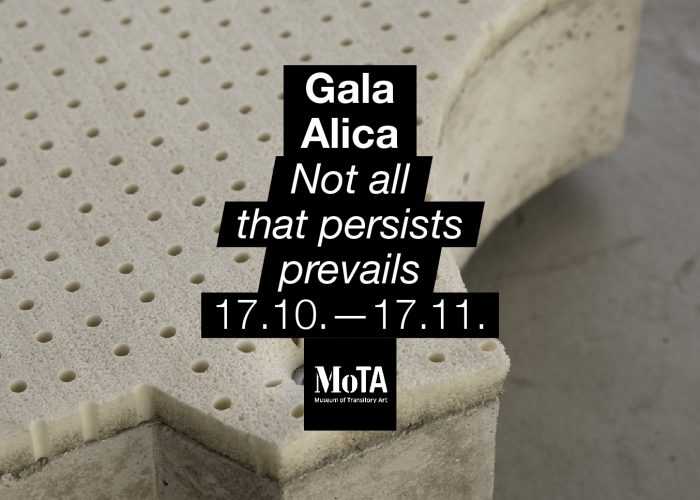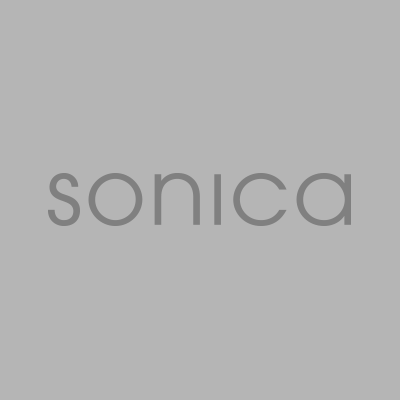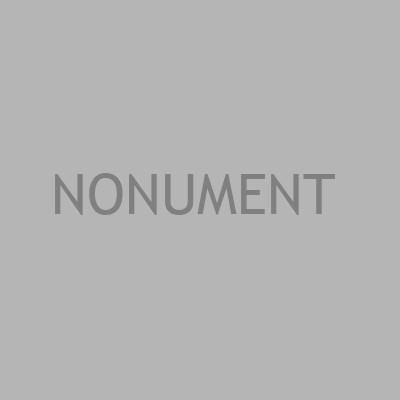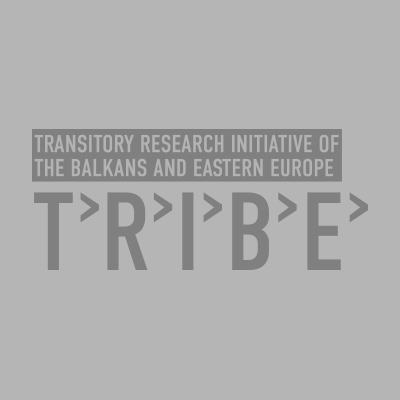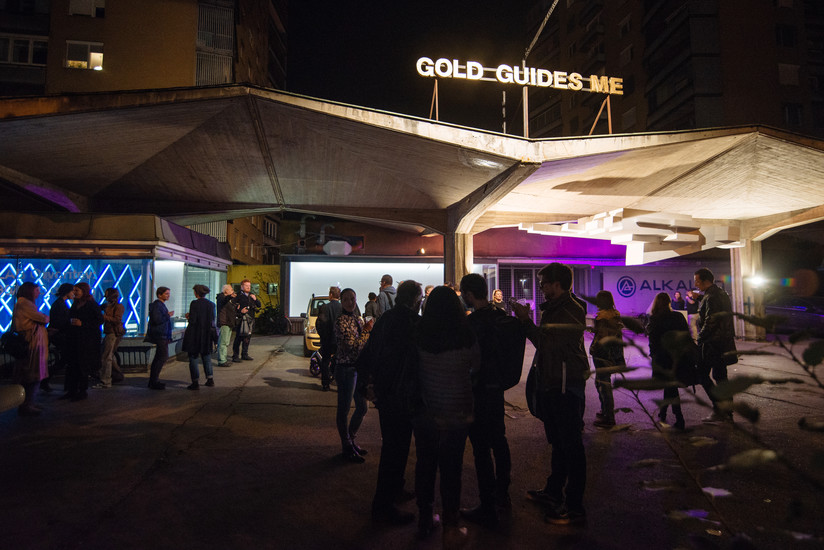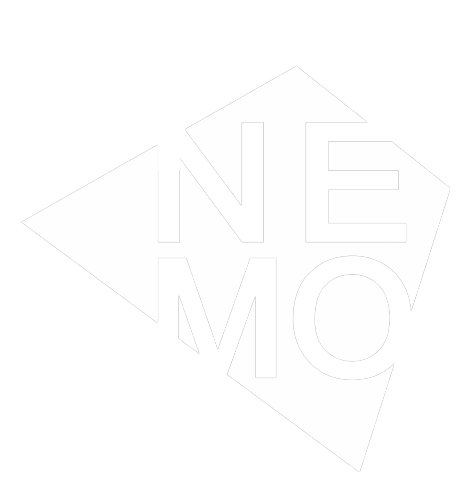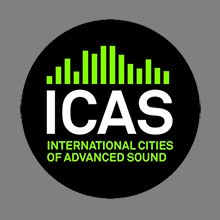The exhibition explores the architecture of the MoTA Museum building and its surrounding environment. Through a site-specific spatial intervention, the exhibition space is intentionally closed off, encouraging visitors to walk around the building and experience it in its entirety, situating it within its urban context.
Originally built in the 1970s by Dušan Černič, the glass pavilion was first a hardware shop but now finds itself overshadowed by newer constructions and lost amidst a parking lot and surrounding buildings. The patchwork of urban planning along Celovška Street reflects the slow, organic growth of the city and the lack of cohesive urban strategy. The glass pavilion, along with its forgotten twin just meters away, remains a relic of a bygone era, standing still while its environment has evolved.
The structure of the column, the central element in the architecture of the glass pavilion, with all its meanings, is one of the project’s starting points, which manifests itself in its iterations. With the exhibition accessible 24 hours a day, the gallery opens into the public space, offering carefully curated views that invite passersby to sneak peeks through small openings and slots in the windows into the pavilion’s interior. However, the inability to physically approach the artworks within the pavilion emphasizes the distance between the viewer and the artwork and shifts the focus to the overall viewing experience, within which the architecture of the exhibition space plays a central role.
With the support of Municipaliy of Ljubljana – Department of Culture.


